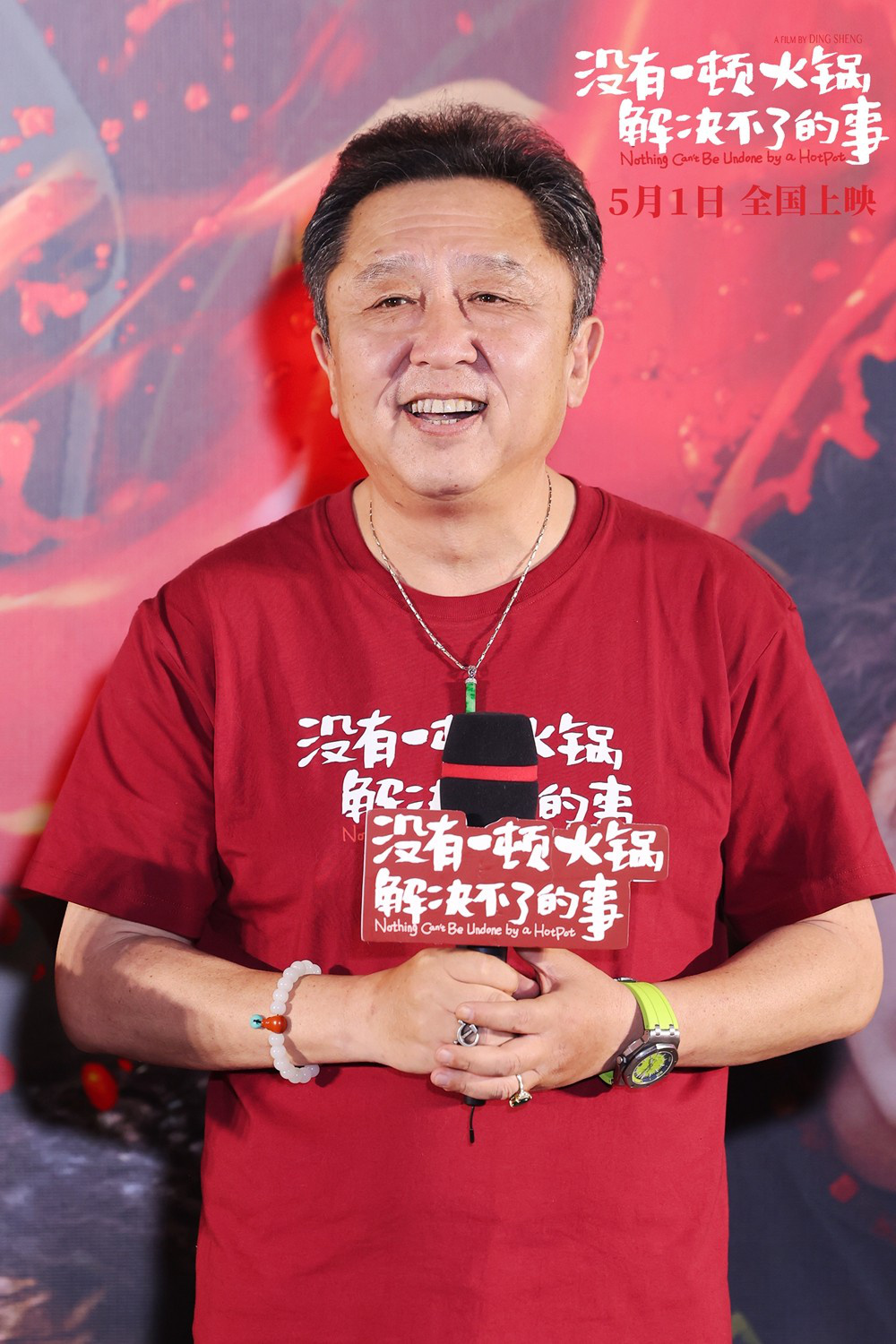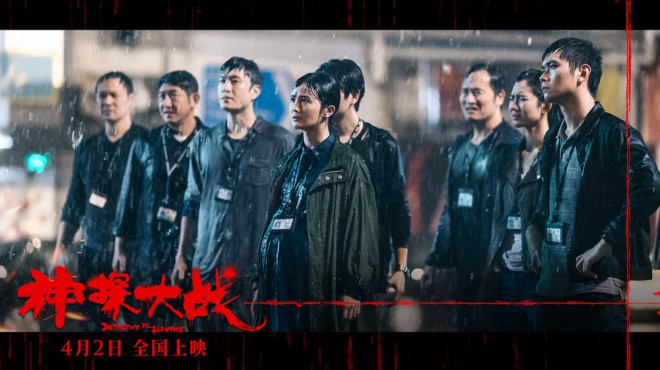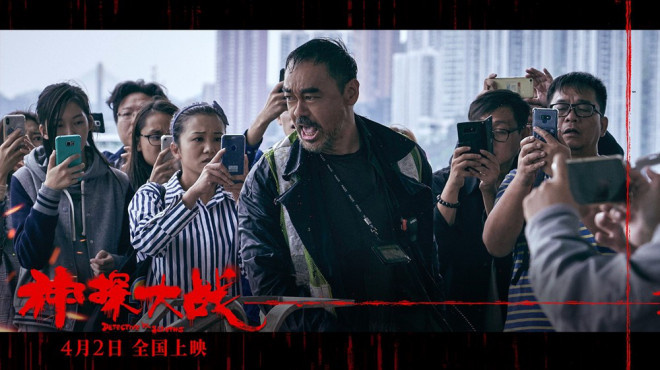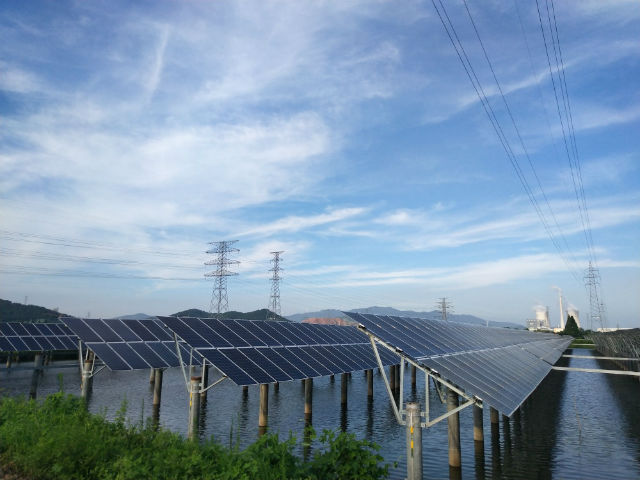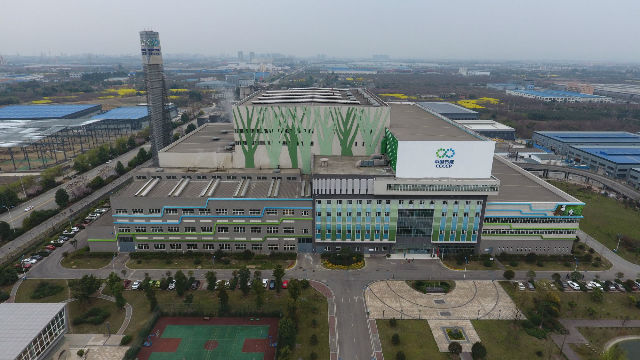
The Yellow River runs nearly a thousand kilometers in Shanxi, and ancient ferries, large and small, are scattered among them. Fenglingdu, Dayudu, Qikou and Xikou … … These ancient ferries, which were once prosperous in history, gradually withdrew from the historical stage with the improvement of railways and highways. Since the 18th National Congress of the Communist Party of China, under the guidance of the strategy of ecological protection and high-quality development in the Yellow River Basin, Gudukou of the Yellow River is welcoming a new life.

On both sides of the river, green clothes and clear water moisten fertile fields
Off the border, the surging Yellow River and the mighty Great Wall "hold hands" here. The first ancient ferry crossing after the Yellow River entered Shanxi — — Laoniuwan Gudu is here. Standing at the ferry, I saw that the forests on both sides of the river were all dyed and full of vitality.

This is Laoniuwan, which was shot in Pianguan County, Xinzhou City, Shanxi Province. The Great Wall and the Yellow River "shake hands" here (photo taken on June 7, drone photo). Xinhua News Agency (photo by Lv Chenggui)
Who would have thought that once upon a time, it was a scene of "no trees, no birds, no nests" and "flying sand everywhere in front of us" Located on the edge of the Mu Us Desert, it used to be criss-crossed with ravines and sandstorms. According to local people’s memories, the wind and sand covered the sky, and sometimes they had to light up at home during the day.
In order to turn into the badlands into green mountains and green waters, the whole county is shouldering the burden and concentrating on "greening". Especially since the 18th National Congress of the Communist Party of China brought the construction of ecological civilization into the overall layout of "Five in One" in Socialism with Chinese characteristics, it has accelerated the projects of controlling sandstorm sources in Beijing and Tianjin and ecological fragile areas in Luliang Mountain. Now, the forest area has reached 1.212 million mu, and the greening rate has reached 40%.
This is a microcosm of the continuous improvement of the ecological environment on both sides of the Yellow River. In the past ten years, Shanxi, located in the middle reaches of the Yellow River, has implemented the concept of green development, adhered to the management of grass and sand systems in landscape forests, fields and lakes, afforested more than 4 million mu every year, and the forest coverage rate exceeded the national average. The Yellow River basin in Shanxi is changing from an ecologically fragile area to an important ecological barrier.
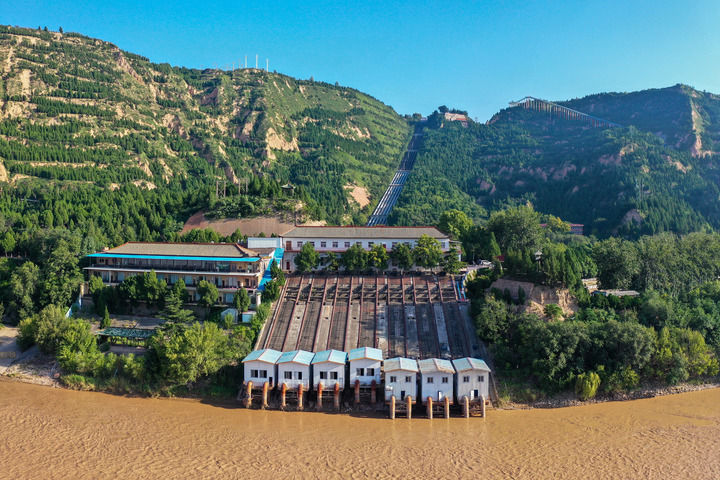
This is the Dayudu Water Pumping Project in Ruicheng County, Yuncheng City, Shanxi Province (photo taken on September 7, 2022, drone photo). Xinhua News Agency (photo by Xiao Yongjie)
Dayudu is named after the legend of Dayu’s water control. For a long time, the local people have lived a life of "drinking water is more difficult than oil, and drought makes people worry". In 1970s, Ruicheng people carried forward Dayu’s spirit of water control and built a national large-scale electric irrigation station — — More than 280,000 mu of dry land benefited from the Dayudu water pumping project.
"The Yellow River water is hard-won, so we should use it carefully." Dong Zengwu, director of Dayudu Water Pumping Project Service Center, said that after ten years of persistent implementation of water-saving renovation and efficient water-saving irrigation projects, the irrigation area of Dayudu Irrigation Area has been expanded to more than 546,000 mu, nearly doubling, and about 100,000 mu of farmland in the irrigation area has used water-saving sprinkler irrigation equipment, which has embarked on a high-quality development path of agricultural production.
"After using water-saving sprinkler irrigation equipment, this more than 1,000 mu of land can save 60% of water, which not only reduces the cost, but also increases the output. Wheat and corn can increase production by more than 200 kilograms per mu." Hu Tianni, a large local grain grower, said excitedly.
Measure water and save water first. Around Gudu, people who enjoy the nourishment of the Yellow River no longer blindly ask for it, but cherish the gift from the mother river more.

"Carp yue longmen" pepper fragrance floats thousands of miles.
After the winding Yellow River flows to Longmen Ferry in Hejin City, the water surface suddenly opens, and the beautiful legend of "Carp yue longmen" spreads all over China from here. People living in Longmen village near the ferry are turning the legend into reality.
Hou Qingye, a 73-year-old villager in Longmen Village, still remembers that in the past, the family often ate the last meal without the next meal. In order to fill their stomachs, the couple unloaded coal in the ferry beach and earned only 1.5 yuan after a hard day’s work.
In the 1980s, Longmen Village began to develop industry. Like many resource-based areas, they initially chose traditional industries such as coking and cement, and their operations were relatively extensive.
Since the 18th National Congress of the Communist Party of China, with the new development concept put forward, Shanxi has resolutely curbed the blind development of the "two high" projects, and made great efforts to improve the gold content, new content and green content of industrial development. More and more young people are returning to Longmen Village with new ideas and technologies to promote the continuous upgrading of the industry.
Yuan Gaosheng, 37, graduated from Nankai University majoring in computer science. With his participation, a fully automatic coking project with ultra-low emission was built in the village. Green and intelligence have become the future development direction of Longmen Village. At present, Longmen Village has formed seven pillar industries, such as coal coking, fine carbon black, tourism and real estate, with collective assets of 3.2 billion yuan and annual per capita income of 37,000 yuan.
"Both sons work in the village-run factory. In addition to the fixed salary, each family can receive dividends every year." Hou Qingye said. Not only that, the villagers also enjoy medical care, education, old-age care and other benefits. This year, the whole village moved to a new high-standard residential building with elevators, and the days are getting more and more exciting.

Fenglingdu Yellow River Bridge in Ruicheng County, Yuncheng City, Shanxi Province (photo taken on June 30, 2022, drone photo). Xinhua News Agency (photo by Xiao Yongjie)
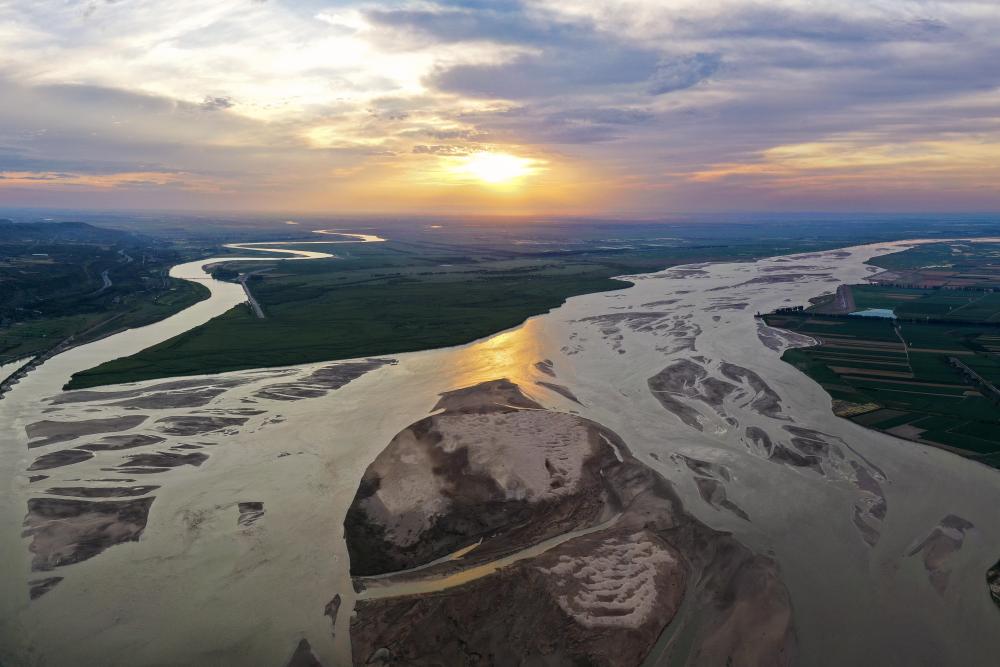
This is the scenery of fenglingdu section of the Yellow River taken in Ruicheng County, Yuncheng City, Shanxi Province (photo taken on June 18, 2022, drone photo). Xinhua News Agency (photo by Xiao Yongjie)
Strolling in the mouth of fenglingdu, Ruicheng, the pepper forest here is one after another, and the pepper tree has become a local "rich tree".
"Good harvest this year! These peppers are big and thick, bright in color and good in appearance! " Geng Futian, a 76-year-old villager from Gulun Village, fenglingdu Town, enjoyed a bumper harvest of more than 20 acres of pepper. He was so happy that he couldn’t keep his mouth shut.
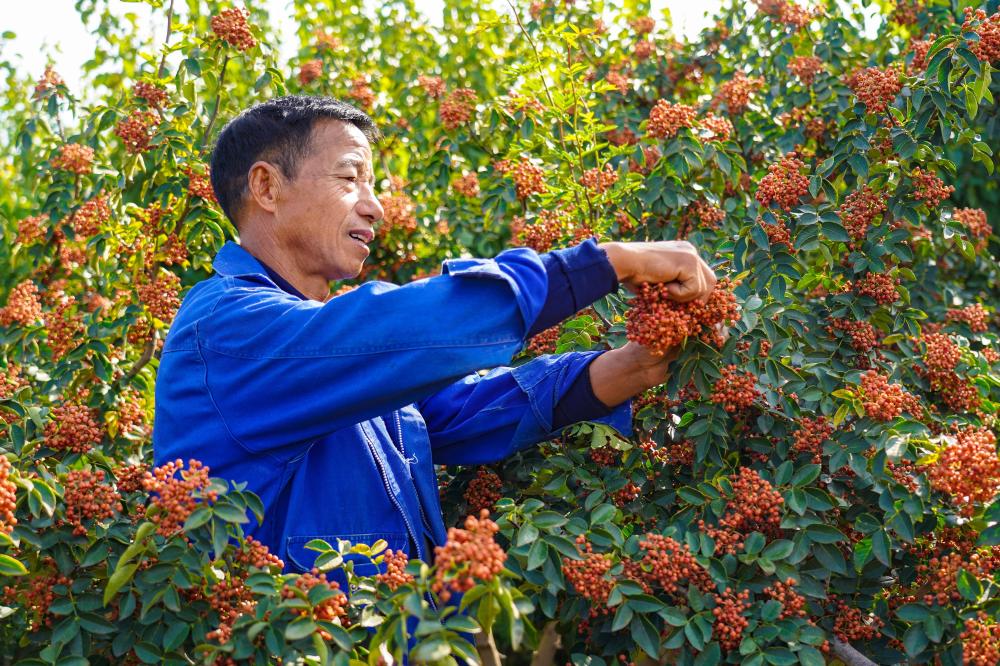
Pepper farmers are picking peppers in fenglingdu Town, Ruicheng County, Yuncheng City, Shanxi Province (photo taken on August 31, 2022). Xinhua news agency
Gulun village was originally a poor village and a well-known "bachelor village". With the clarion call for getting rid of poverty, people rely on Zanthoxylum bungeanum, which has a long history of planting in the local area, to develop the industry, marry their daughters-in-law and build new houses. Today, the planting area of pepper in Gulun village is nearly 4000 mu, and the per capita income of villagers is about 9000 yuan.
At present, the planting scale of pepper in Ruicheng County is 125,000 mu, with an annual output of more than 6,750 tons of dried pepper. Not only that, the local area has continuously improved varieties and extended the industrial chain, and the pepper oil, pepper sprouts, pepper honey and pepper sauce produced are exported to other provinces. Zanthoxylum bungeanum industry has become a pillar industry to promote rural revitalization in Ruicheng County.
For people living in fenglingdu, the unique fragrance of Zanthoxylum bungeanum is the taste of happy life.

The vitality of the cultural exhibition of the ancient town with a new look
On July 15th of this year, the Hequ River Lantern Festival was held as scheduled, and people gathered in Xikou Gudu to watch the river lanterns passing downstream. This cultural event, which is listed in the national intangible cultural heritage list, places people’s expectations for a better life in the future.
After the Yellow River No.1 tourist highway was opened to traffic last year, Hequ County, which is located in the land of "three provinces with crowing" and had little interest before, relied on the unique cultural resources of the Yellow River to attract many tourists.
As an important bearing area for the protection, inheritance and promotion of the Yellow River culture, in recent years, Shanxi has increased the excavation and protection of the Yellow River culture with unprecedented efforts, issued the Plan for the Protection, Inheritance and Promotion of the Yellow River Culture in Shanxi Province, and consolidated the infrastructure. The No.1 tourist highway of the Yellow River has connected the ancient crossings and scenic spots of the Yellow River in series, such as Laoniuwan, Xikou, qikou town, Hukou Waterfall and Yonghe Gankun Bay, and the charm of the Yellow River culture has been continuously revealed.

Tourists visit Hukou Waterfall on the Yellow River (photo taken on September 15, 2022, photo of drone). Xinhua News Agency reporter Tao Mingshe
"On the right hand side is the rushing Yellow River water, and on the left hand side is my home." In Qikou Gudu, Liu Qianqian, a girl born after 1995, is broadcasting live on a short video platform. Following her lens, the audience enjoyed the scenery of Gudu and the charm of "the first town of the Yellow River with nine twists".
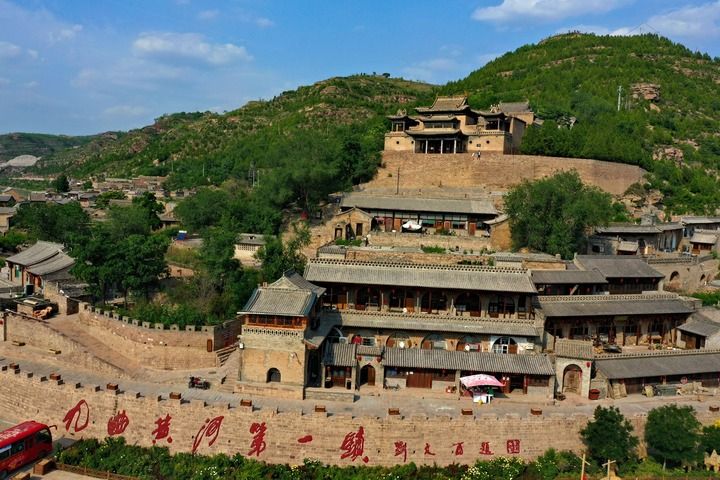
This is the scenery of qikou town, Linxian County, Luliang City, Shanxi Province, which is known as the "No.1 Town of Jiuqu Yellow River" (photo taken on May 25, 2022, photo of drone). Xinhua News Agency reporter Cao Yangshe
Qikou, located in Linxian County, Shanxi Province, was once an important commercial ferry on the Yellow River, leaving a large number of historical buildings in the Ming and Qing Dynasties. However, with the development of land transportation, Qikou’s commerce and trade declined, and a large number of ancient buildings fell into disrepair and became dangerous buildings. At one time, qikou town became one of the "Top 100 Endangered Cultural Sites in the World".
Since the 18th National Congress of the Communist Party of China, with the increasing awareness of cultural protection, governments at all levels have continuously increased their investment in the repair and protection of historical buildings and ancient dwellings in qikou town, and promoted the integration of cultural tourism.
Today, Qikou is known as the "living ancient town". Escort agencies, pawn shops, warehouses and other ancient buildings tell the world about the prosperity of the ancient town in the west street, and camel gang culture is displayed in the east street. Relying on the natural and historical resources of nearby Xiwan Village, Lijiashan Village and Zhaizishan Village, the ancient town has also built a folk culture village, a photography sketching art village and a red culture village.
"This is a very meaningful job." Bai Yongjun, head of the planning department of Qiaokou Scenic Area, said that after the ancient town was protected, it not only made more people realize the value of history and culture, but also made local people eat "tourist meals".
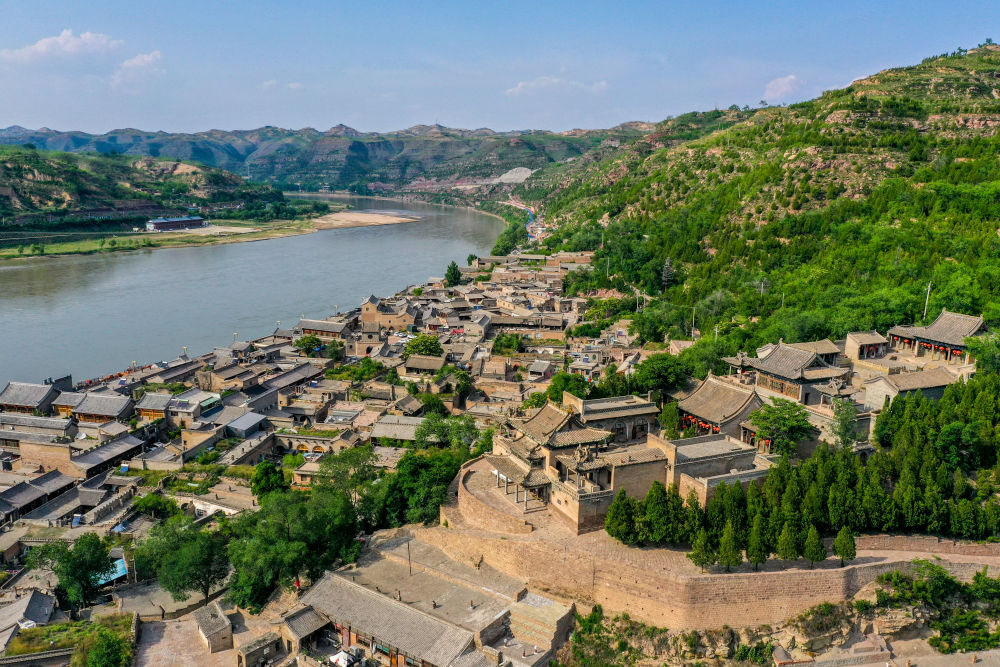
This is the scenery of qikou town, Linxian County, Luliang City, Shanxi Province, which is known as the "No.1 Town of Jiuqu Yellow River" (photo taken on May 24, 2022, photo of drone). Xinhua News Agency reporter Cao Yangshe
As the first licensed tour guides in qikou town, Liu Qianqian registered a travel company, focusing on training professional tour guides and anchors. "More and more young people are coming back. I hope that everyone will work together to let more people come to Qikou and feel the charm of the Yellow River culture." She said.
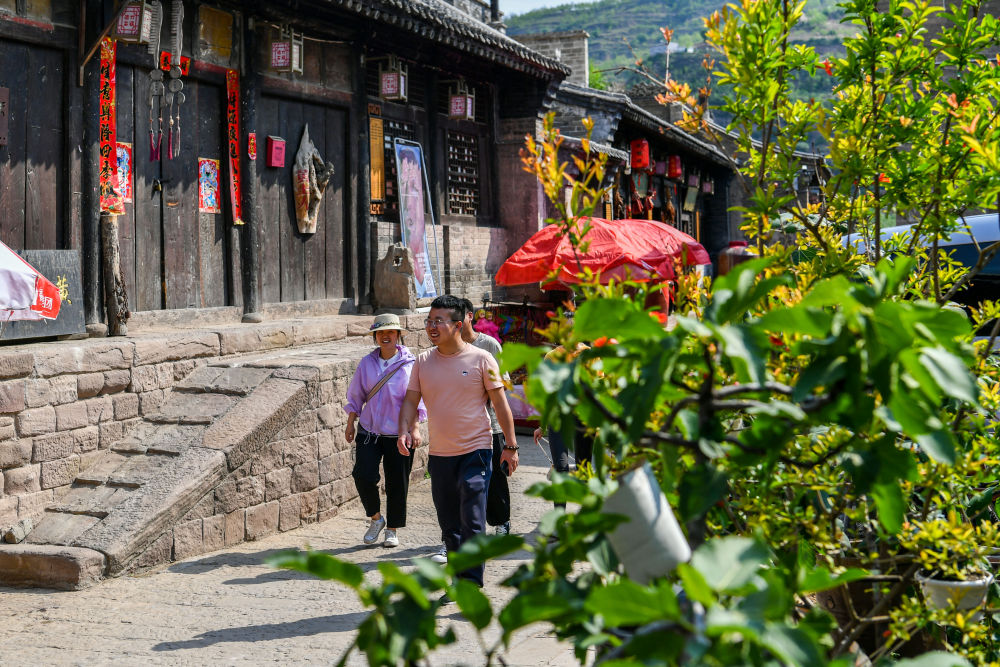
Tourists visit qikou town, Linxian County, Luliang City, Shanxi Province, which is known as the "No.1 Town of Jiuqu Yellow River" (photo taken on May 25, 2022). Xinhua News Agency reporter Cao Yangshe
"Protecting, inheriting and promoting the Yellow River culture is an inherent requirement for Shanxi to promote high-quality development in all directions." Zhao Shuguang, deputy director of the Shanxi Provincial Department of Culture and Tourism, said that Shanxi will promote the protection of the Yellow River cultural heritage system and the live transmission in an orderly manner, and make every effort to build a cultural tourism demonstration zone of the Yellow River National Cultural Park (Shanxi Section).

Text reporters: Wang Feifei, Jieyuan, Cao Yang.
Video reporter: Ma Zhiyi, Xue Ningjing
Poster design: Yin Zhelun
New Media Editor: Wu Jinfu
Source: Xinhua News Agency

